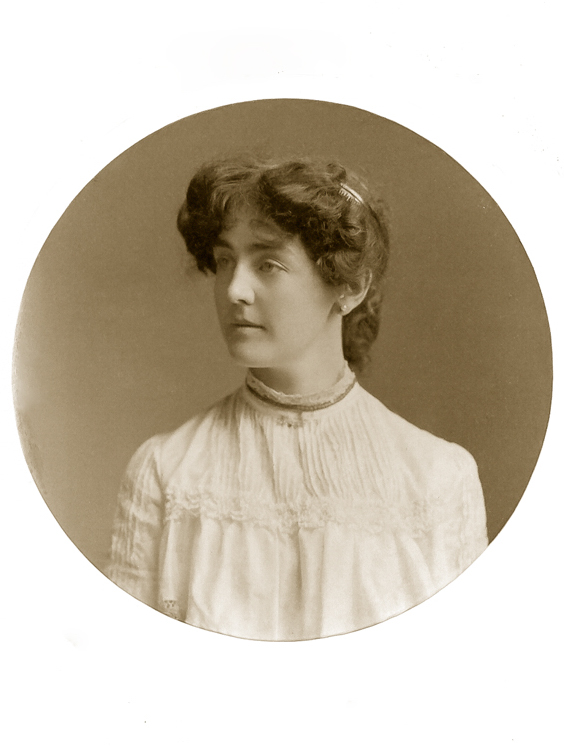Are your photos degrading?
Photos don't last forever. Look at your old pictures under a magnifying glass, and you may well see hundreds of tiny white dots. The emulsion is breaking down. This happens even when stored in an album. Additionally, the surface will get scratched and the edges scuffed. If they are not rescued soon it will be too late; they will be lost forever.
The older the photo the more risk there is of the print failing, as that deterioration accelerates as time passes.
I believe preserving old photos is important, both for us and our future generations. They keep us in touch with our ancestors and are an invaluable historical record.
Restore your photos
You can learn to repair your old photos. You need a good quality scanner, photo editing software like Photoshop or ON1 Photo RAW 2021 , and a graphics tablet. Then, with a careful hand, gently remove the damage using the software's healing and clone tools. Vary the brush size of these repair tools and regularly resample the source point. Next, apply gentle tonal adjustments and sharpening to bring out the details. It does take time and care, but the result is worth the effort.
If this is beyond you, please do ask me how I can help digitalise and restore your old photographs.
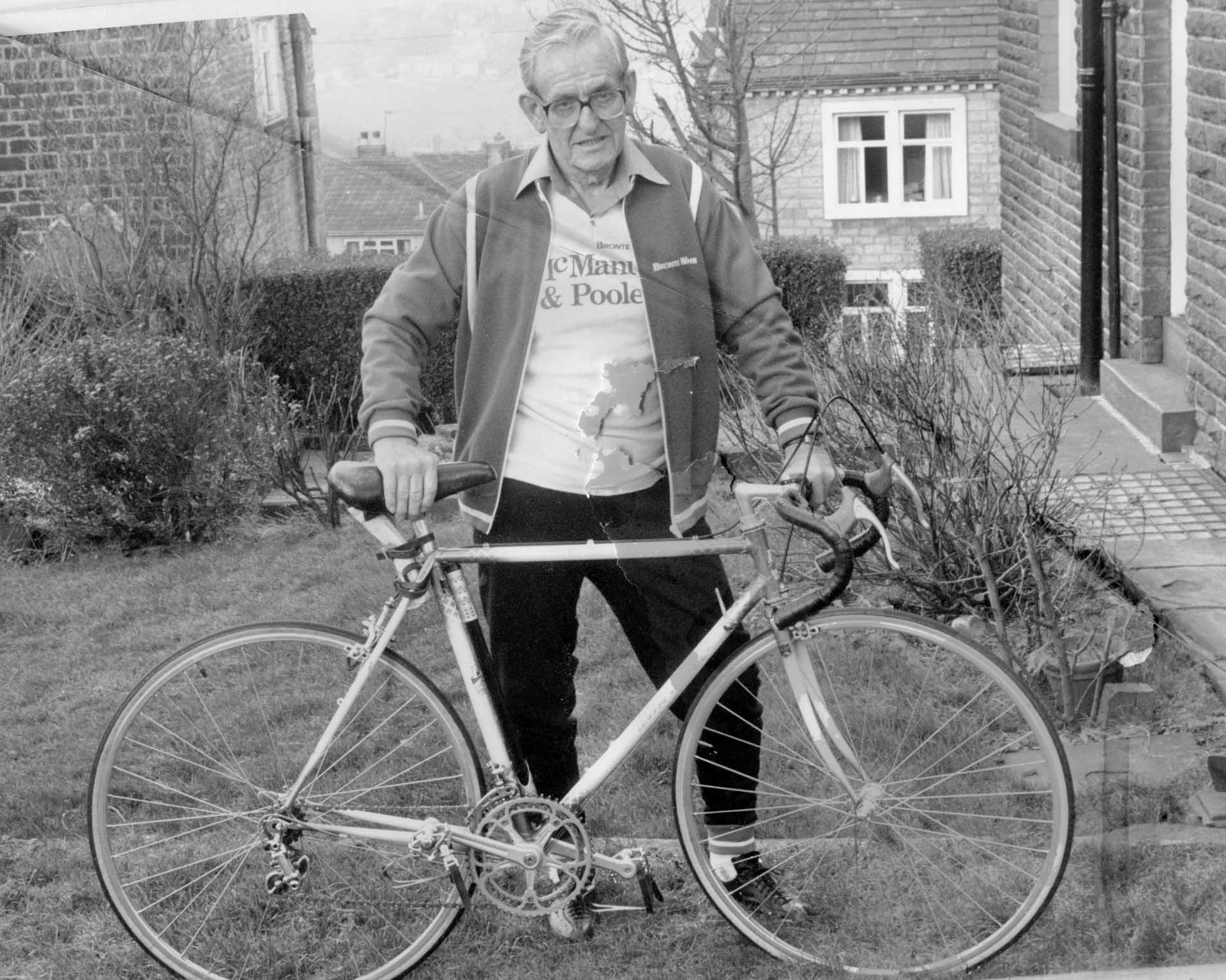
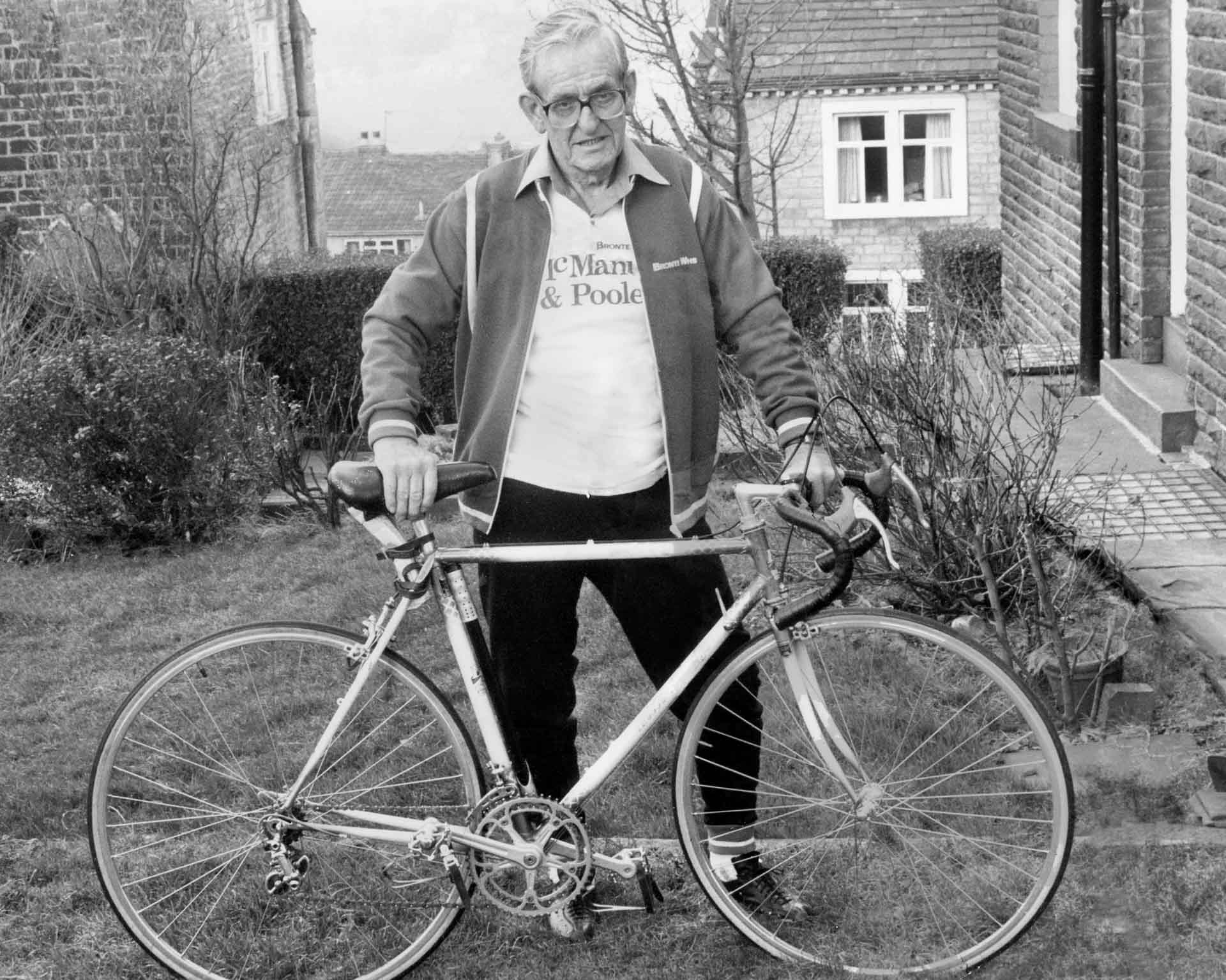
A Restoration Story
This 30-year-old photo was scanned in its frame and emailed to me by a friend, David. It is one of the best photos he has of his father, who had died 10 years ago. Sadly, the frame had fallen and the glass smashed. What was worse was the print was stuck to the glass. Close inspection of the scan showed that the emulsion was also starting to fail.
I was able to repair the damage, fill in the gaps where the print had slipped and also remove the distracting telephone wire in the background. I then provided enlargement copies on gallery-grade photographic paper, as well as the digital file, so the image was saved for his family for at least another 100-years.
David was over the moon with the result.
Look in your old albums, use a magnifying glass to carefully examine the prints. Are they speckled with white dots? Or are there creases and tears? Now is the time to fix them.
What causes photos to degrade?
A wide range of factors can cause your photographs to fail, and knowing how to protect them can help with their preservation.
Poor darkroom techniques such as insufficient washing of the prints can lead to a process called sulfiding, which causes the print to turn a yellowish brown. Insufficient fixing in the darkroom can lead to yellow stains on the prints too. Fortunately, we can fix those historical failings if we act soon enough.
However, bad storage is the main culprit of damage. The surface of the print can become abraded by dust and high humidity will weaken the emulsion. Chemicals in the atmosphere, such as air fresheners and fly spray, can damage prints too. Likewise, direct sunlight will cause the print to fade.
Heat will speed up the natural decay. Additionally, apart from physical damage, handling the photographs will cause the acid on your fingers to rub off onto the photograph, corroding the print. Most paper is acidic too and contact with it will damage the photo, as will inappropriate glues. Even the cupboard in which the photos are stored can give off gasses that will destroy them.
The good news is that photos can be saved and, furthermore, modern prints are far more durable. Professionally framed quality prints can be expected to last 80-100 years if kept out of direct sunlight with low humidity and stable temperature conditions.
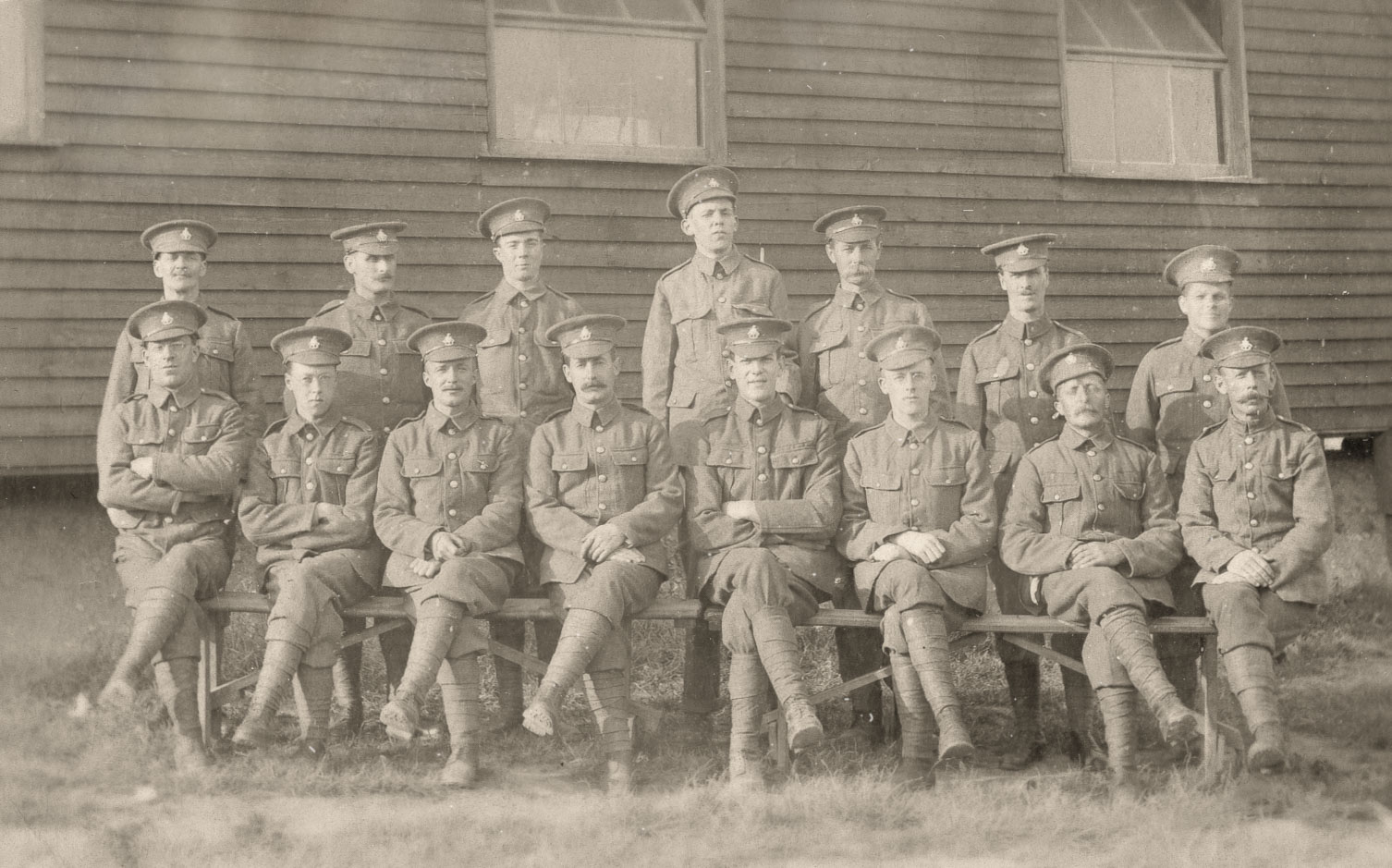
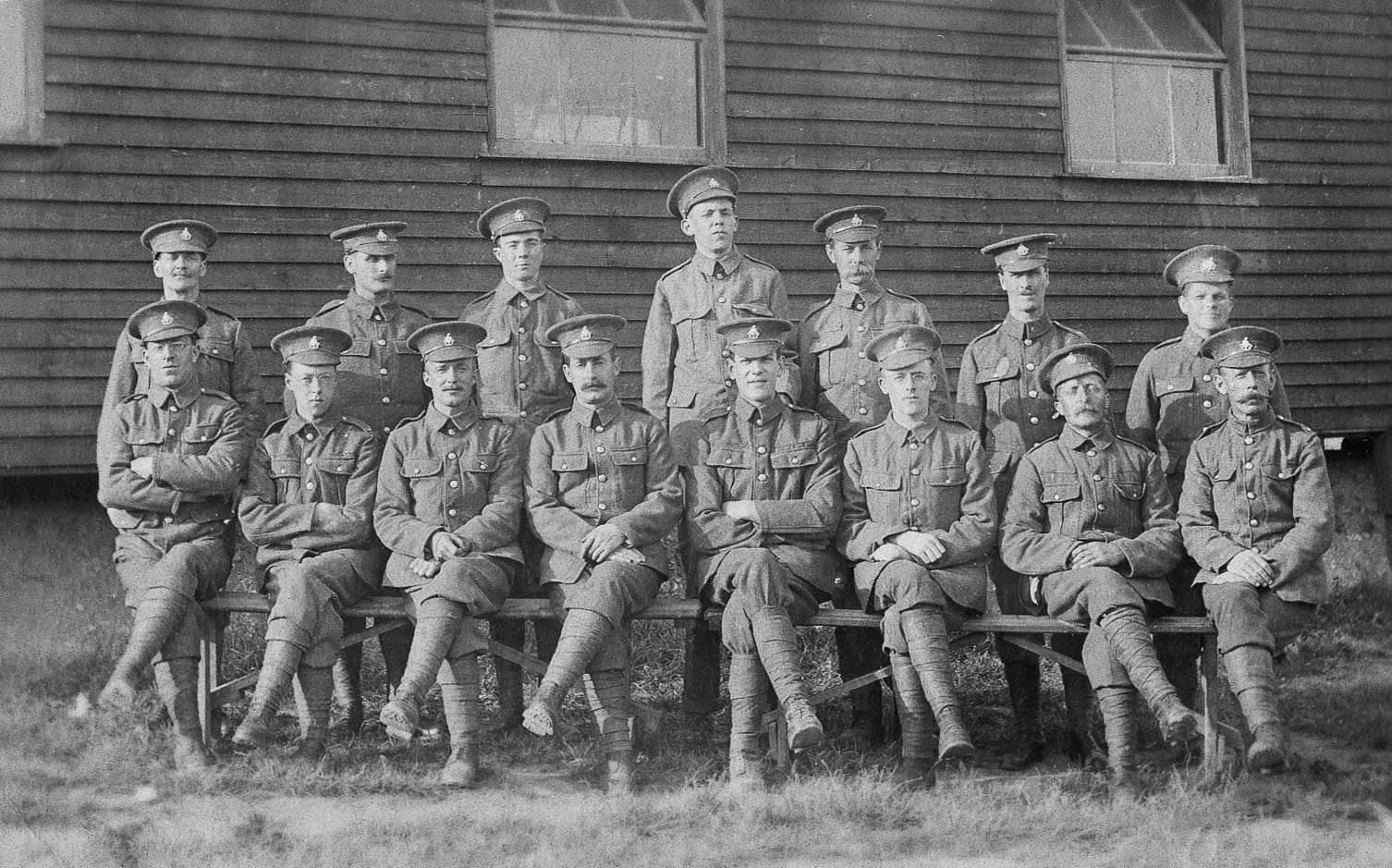
How to preserve your photos
If you want photos to last, then by far the best thing is to scan them and save them digitally.
Prints and negatives should be stored either in PVC free plastic wallets or between sheets of acid-free and lignin-free archival paper. Polyethylene, polyester and polypropylene wallets are okay to use though. The boxes they are stored in as well as the paper of photo albums should be acid and lignin-free too. Albums should not be the type with the glue and cellophane that hold the pictures in place either as the adhesive can damage the photo. Similarly, never use bulldog or paper clips as the metal can corrode and damage the print.
Store your old photographs in a cool, dark, dry place. Try to find somewhere at a constant temperature around or below 20°C. The humidity levels should be low too, around 50% or below. Therefore, avoid putting them in the loft or garage or any other damp place where the temperature can vary, such as a conservatory or kitchen. Also avoid places where they can be attached by insects or other pests. Don’t put them in a cupboard recently treated with wood preserver either as the fumes may cause damage.
If there is any risk of water damage, from floods or floor mopping, put them up on a high shelf.
Remember to write on the back of photos using a photo-safe permanent marker (I use a Sharpie) and include who is in the picture, plus when and where it was taken. Give the ink time to dry. Don't use a ballpoint as this requires pressure that will damage the photo and the ink isn't permanent. Your descendents will thank you for that. It's disheartening having a multitude of old family pictures with no idea who is in them.

